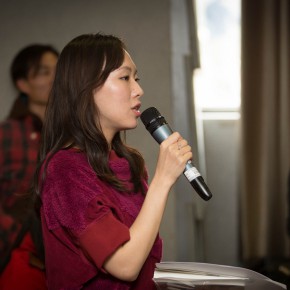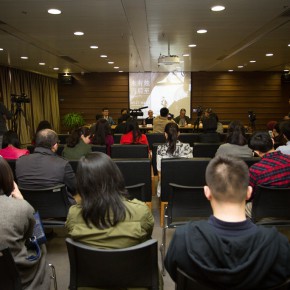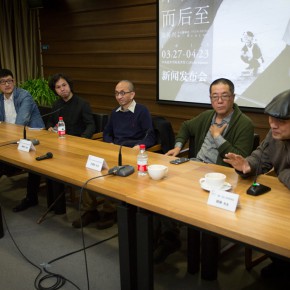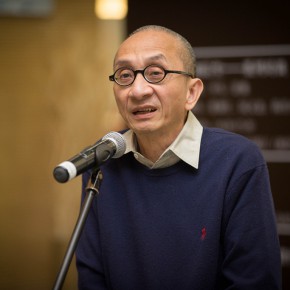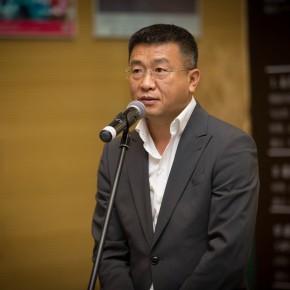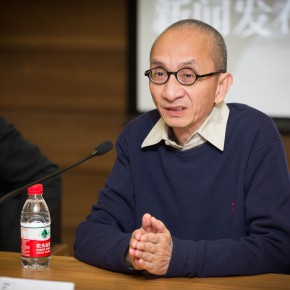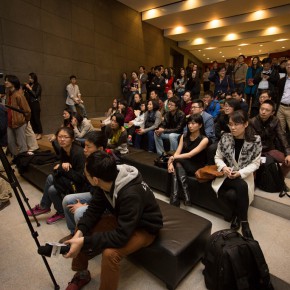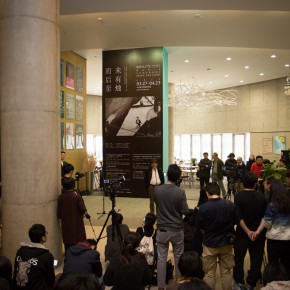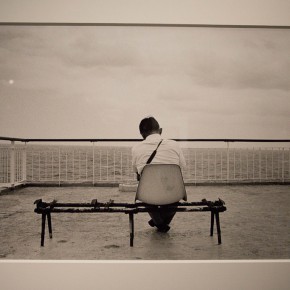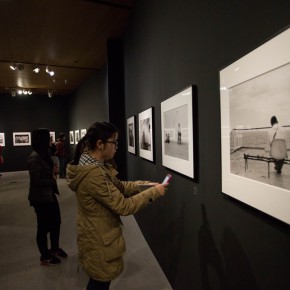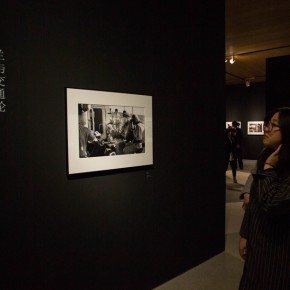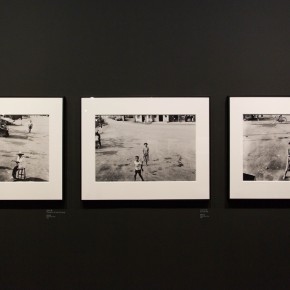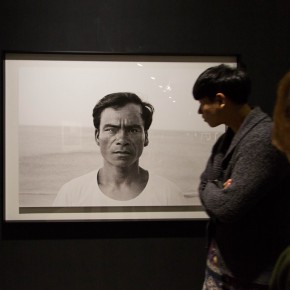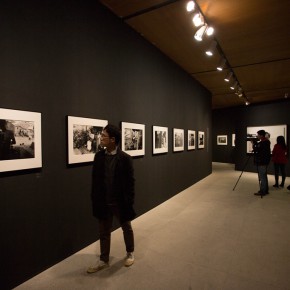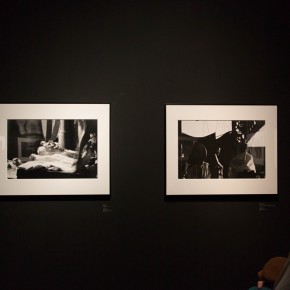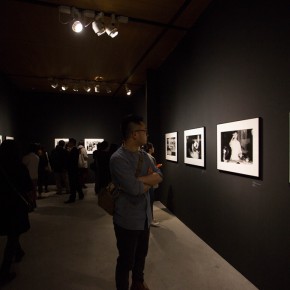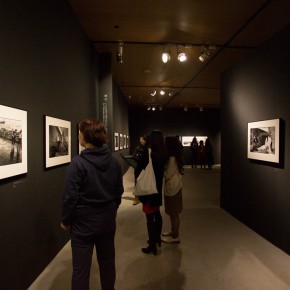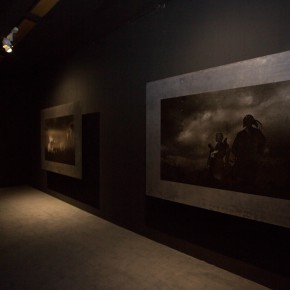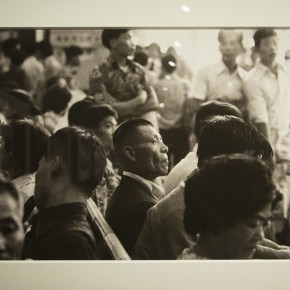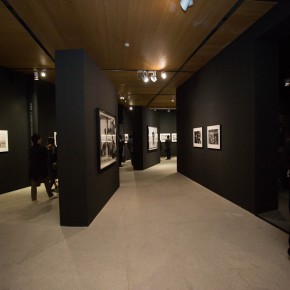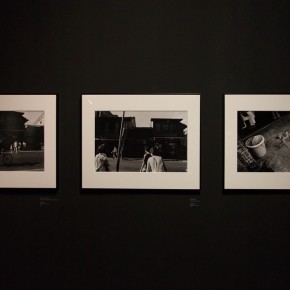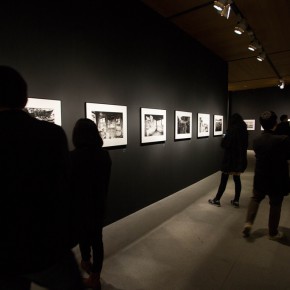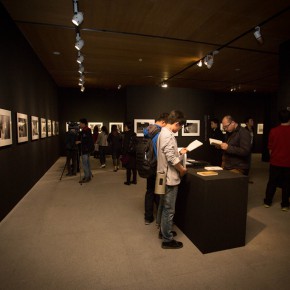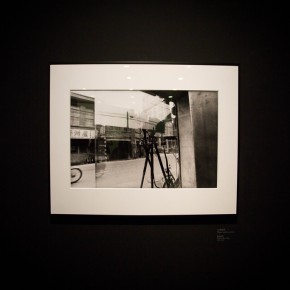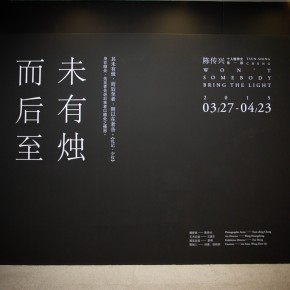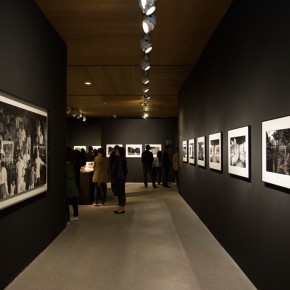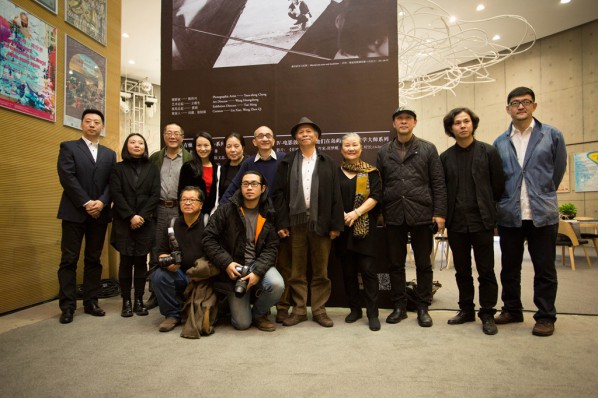
The youth who are waiting for enlightenment hold a candle standing in the dark night to wait for unknown strangers, in order to lead the way for latecomers, indicating the position, instead of name. The master of the banquet shows the guests who are present to the latecomers, the young silently listen and wait for the guests to be seated, he repeats waiting and guiding. Won’t Somebody Bring The Light refers to both the latecomers and the youth, the youth stand in between the inside and outside, waiting, connecting the brightness and darkness. It is the meaning of the text of “Won’t Somebody Bring The Light” exhibition that opened at CAFA Art Museum on March 27, 2015, the title is quoted from “Shaoyi” in the Book Rites, and the exhibition is the “first edition of Tsun-shing Cheng’s individual spiritual history”. The exhibition is organized by CAFA Art Museum and Flâneur Culture Lab, planned by Liu Xiao and Weng Zhenqi, allowing Tsun-shing Cheng’s work of photography in the 1970s to make its debut.
Tsun-shing Cheng has made multivariate achievements in the fields of art and culture. His philosophical thought is consistent with Roland Barthes, Jean Baudrillard which has been learnt from the French film theory master Christian Metz in the field of film, and he is one of the key motivators to introduce French literature, philosophy and psychoanalysis and film theory into the Chinese-speaking world. Cheng is an important publisher, established the Flâneur Press in Taiwan, aimed at introducing French contemporary cultural thoughts, and his key monographs include “The Melancholy File”, “Hot Silver”, “The Wood and the Night, Which One is Longer”, etc. “Won’t Somebody Bring The Light” so that through photography he can show his philosophical thoughts.
At the press conference of the exhibition, Wang Huangsheng, Director of CAFA Art Museum said the exhibition was not only an exhibition of photography, but also revealed the comprehensive cultural thoughts of Tsun-shing Cheng, discovering the explainable meaning behind the photography once again and the title was broad and profound, containing light, waiting and beyond, which was also the inner performance of Tsun-shing Cheng. Curator Weng Zhenqi said it was a contact beyond the text, alternated with older people and youths which was the fusion of the ancient text and historical long literary piece, at the same time the exhibition created the integrated mechanism of ethics, reality and art.
The exhibited works are the photos of humanistic landscapes in Taiwan which were taken by Tsun-shing Cheng when he was young, to outline a travel map for the young artist, such as Luzhou, Danshui, Lanyu, Moungar. It is also a snapshot of an aesthetic review on theater, film consciousness, painting of the photography created by the photographer 40 years ago, and the concern for marginal men and drifters, as well as the approach of death and thrillers. This group of photos was taken 40 years ago, but the artist had never shown them, he offers to debut themwhen he was 60 years old, photography critic Gu Zheng said Tsun-shing Cheng was brewing them, like the time a wine ferments for, the old photos were fragrant now thanks to being reserved for 40 years. The exhibition mainly features the works themed on burial rites and stations, in the “Lament” series, the photographer deduced the ritual activity in the form of solarisation, the black, white and grey color is like the situation in a nightmare, like a ghost drifting in the darkness, Gu Zheng said it “delayed” the arrival of death in this form. For Cheng, a station seems to be a public but private place, like the intimate conversation left on the message blackboard which can be temporarily recorded or erased at any time, at the same time it reveals the start and stop of the journey, is a theatre of “waiting”
The exhibition continues to April 23.
Text by Zhang Wenzhi, Photo by Yang Yanyuan/CAFA ART INFO
Translated by Chen Peihua and edited by Sue/CAFA ART INFO


